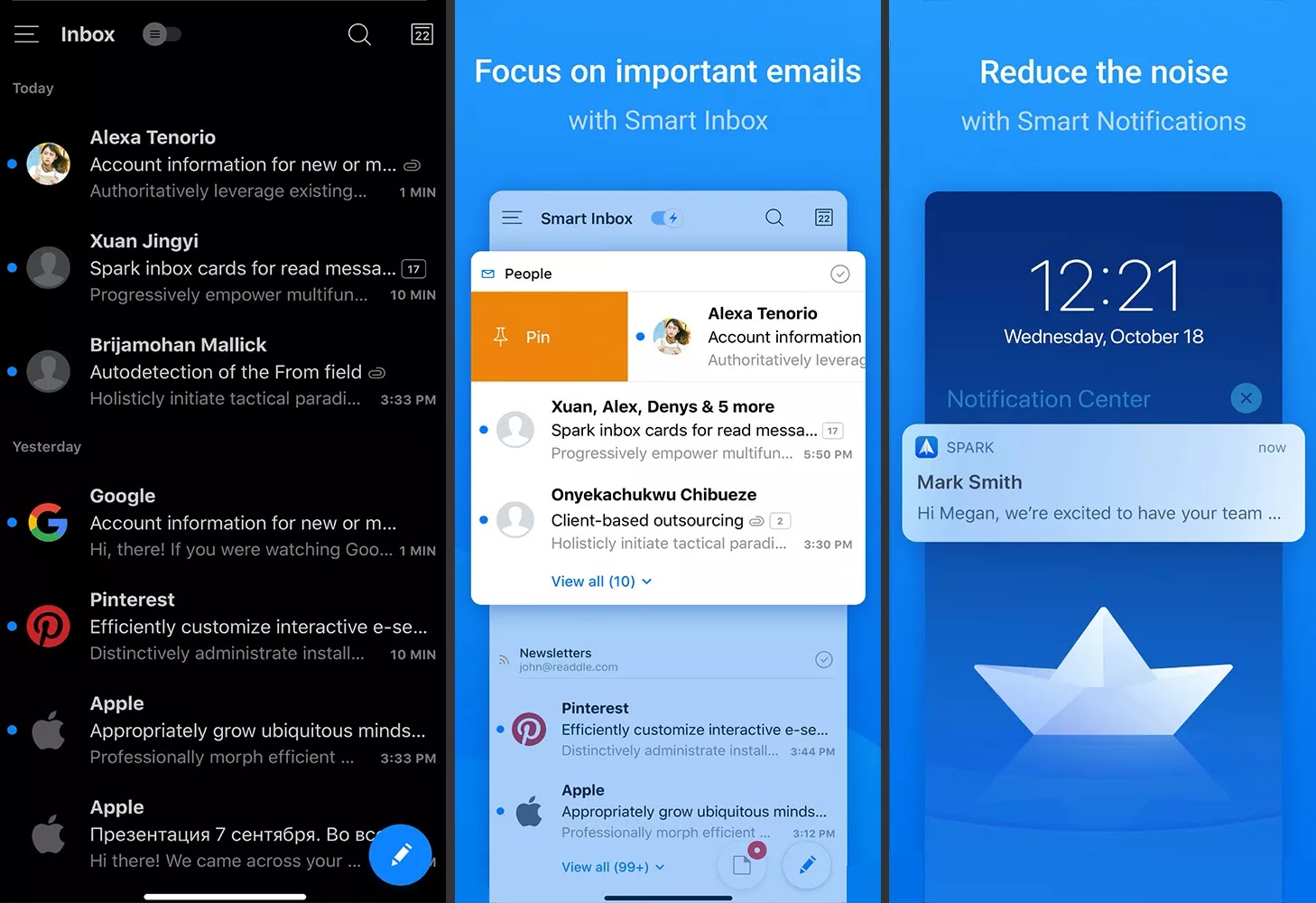Operating System (OS) Definition and Examples
An operating system is a powerful and usually large program that controls and manages the hardware and other software on a computer.
All computers and computer-like devices require operating systems, including laptops, tablets, desktops, smartphones, smart watches, and routers.
Examples of Operating Systems
All operating systems run on laptops, tablets, and desktop computers. You have probably heard of most of them. Some examples include versions of Microsoft Windows (such as Windows 11, Windows 10, Windows 8, Windows 7, Windows Vista, and Windows XP), Apple's macOS (formerly OS X), Chrome OS, and various Unix and Linux distribution lists. (Unix and Linux are open source operating systems.)
Your smartphone runs a mobile operating system, probably Apple's iOS or Google's Android. Both are familiar names, but you may not have realized that these are the operating systems running on these devices.
Servers, such as those that host the websites you visit or provide the videos you watch, generally run special operating systems that are designed and optimized to run special software needed to make them do what you do. Some examples are Windows Server, Linux, and FreeBSD.
Software and Operating Systems
Most software applications are designed to work only with a company's operating system, e.g. B. Windows only (Microsoft) or macOS only (Apple).
A piece of software clearly says what operating systems it supports and gets very specific when needed. For example, a video production software program may be compatible with Windows 11 and Windows 10, but not with older versions like Windows Vista and XP.
Software developers also often release other versions of their software that work on other operating systems. In the example of the video production program, this company could also release another version of the program with the same features that only works with macOS.
It is also important to know if you have 64-bit or 32-bit Windows as your operating system. This is a common question when downloading software.
Special types of software called virtual machines can mimic "real" computers and run different operating systems on them.
Operating System Error
There are many ways an operating system can become corrupted or damaged, but these problems are relatively rare.
On Windows, the most serious error message is the Operating System Not Found error message, which implies that an operating system cannot even be found.
Operating System Updates
All modern operating systems have a built-in mechanism to keep software up to date. On Windows, this is done through Windows Update. Other operating systems work in a similar way, e.g. B. when you update the Android operating system or download and install new iOS updates.
Keeping an up-to-date operating system with the latest features is important to get the most for your money. Getting security updates is another important reason to make sure your operating system is up to date. This can help prevent hackers from breaking into your device.






Comments
Post a Comment